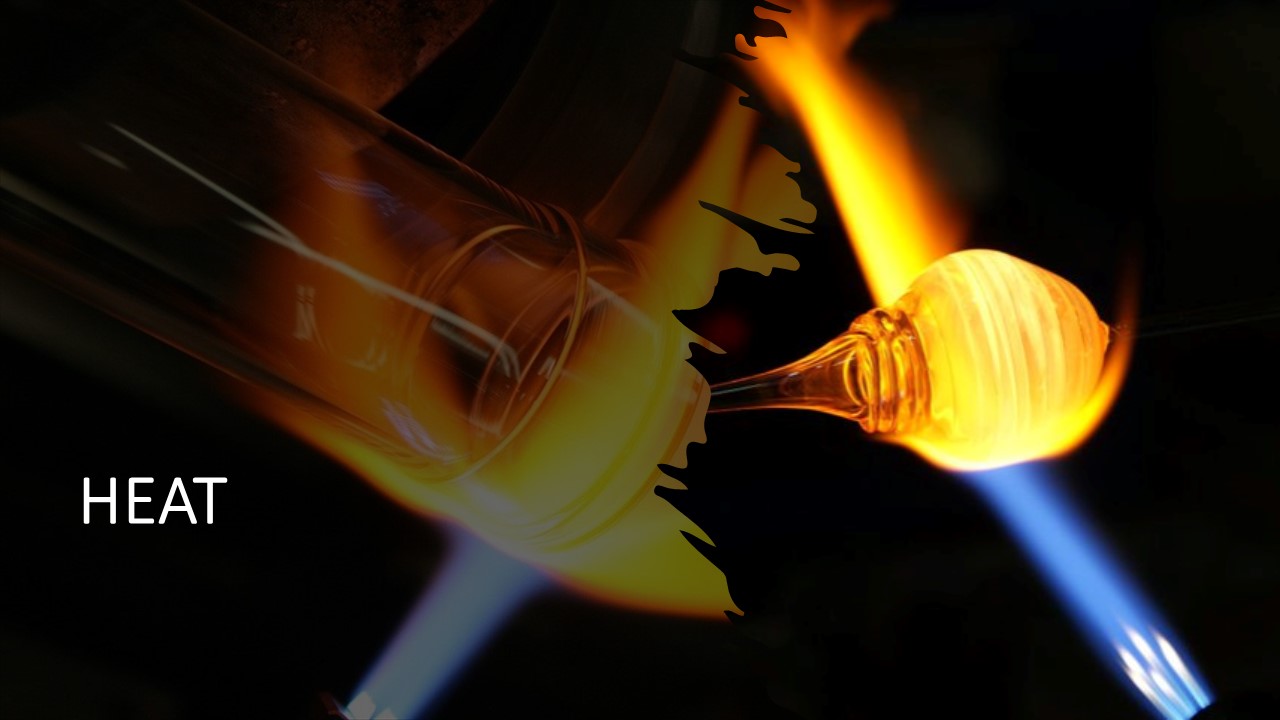STD IX – HEAT – (Online)
About Course
In this section will learn the following chapters;
1.HEAT
Last Updated:August 2, 2022
0 (0 Ratings)
Share Course
Page Link
Share on social media

Description
Heat and Temperature, Anomalous Expansion
Heat is internal energy that flows from a system of relatively high temperature to one at a relatively low temperature. While heat is energy, the temperature is a measurement of how hot or cold something is.
Most materials are subject to thermal expansion: a tendency to expand when heated and to contract when cooled.
All three states of matter (solid, liquid and gas) expand when heated.
However, water is an exception. When water at 0ºC is heated, it contracts till 4ºC, instead of expanding. This anomalous behaviour of water was explained by Thomas Charles Hope
Energy flow and its Importance
Energy can be defined as the capability to do work. The law of conservation of energy states that “energy can neither be created nor be destroyed; it only can be transformed from one form to another form of energy”.
Energy sources can be broadly classified into:
Renewable energy source.
Non-renewable energy source.
Energy sources
Whenever a body is capable of doing work, the body is said to possess energy. Energy, therefore, is defined as the ability of a body to do work and the amount of energy possessed by a body is equal to the amount of work it can do when its energy is released.
A source of energy is that energy which enables us to do a large amount of work per unit volume or mass. A good source of energy should be convenient and safe to use, should be easy to store and transport should be economical, and should be easily accessible.
There are two types of energy sources: renewable and non-renewable.
Green house effect and Global warming
The warming of earth’s surface and the air above it is known as greenhouse effect. The greenhouse gases causes the greenhouse effect. Water vapour, methane, carbon dioxide are the most common greenhouse gases. The greenhouse effect is essential to keep our planet earth warm.
However, when there is more greenhouse gas, the air holds more heat, thus causing global warming. The greenhouse effect has become too strong in the recent years, which in turn, increases the global warming.
You will learn more about greenhouse effect and global warming in this topic.
Free
Free
Free access this course
-
LevelIntermediate
-
Last UpdatedAugust 2, 2022
-
CertificateYes
Hi, Welcome back!
Material Includes
-
Live Interactive classes with in-class doubt solving
-
Weekly Test and Quiz with instant tracking for progress
-
Revision of the course after testing
-
Fortnightly Parents and Tutor interactions
-
Expert monitoring of student's learning progress
-
Daily communication over call, whatsapp and mail
-
3 hours on-demand video
-
4 downloadable resources
-
Access for entire Academic Year
-
Access on mobile and Desktop
-
Assignments and review of the same
-
Tests and Correction by Board paper checkers
-
Certificate of completion and Live tracking with Grade book
Course Duration:
0
Course level:Intermediate
Enrolled:0
About Course
In this section will learn the following chapters;
1.HEAT
Course Curriculum
HEAT
Concept of Heat(As Energy) Anomalous expansion of water
Concept of Temperature
Thermal Expansion
Hope's Experiment
-
00:44
-
39:45
-
01:09
-
04:00
-
01:05
TRANSFER OF HEAT
-
06:00
-
QUIZ – HEAT AND ENERGY
Student Ratings & Reviews

No Review Yet

